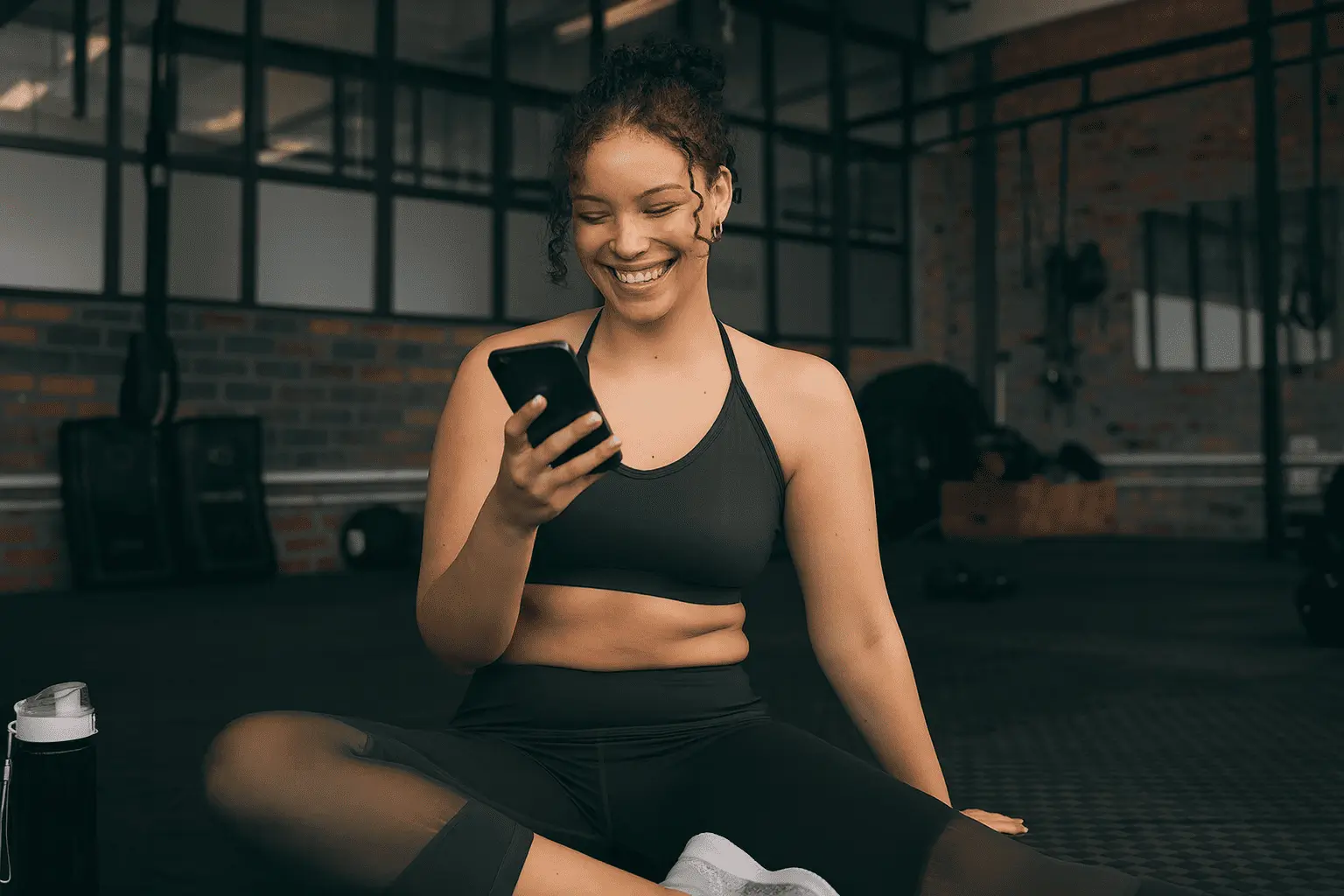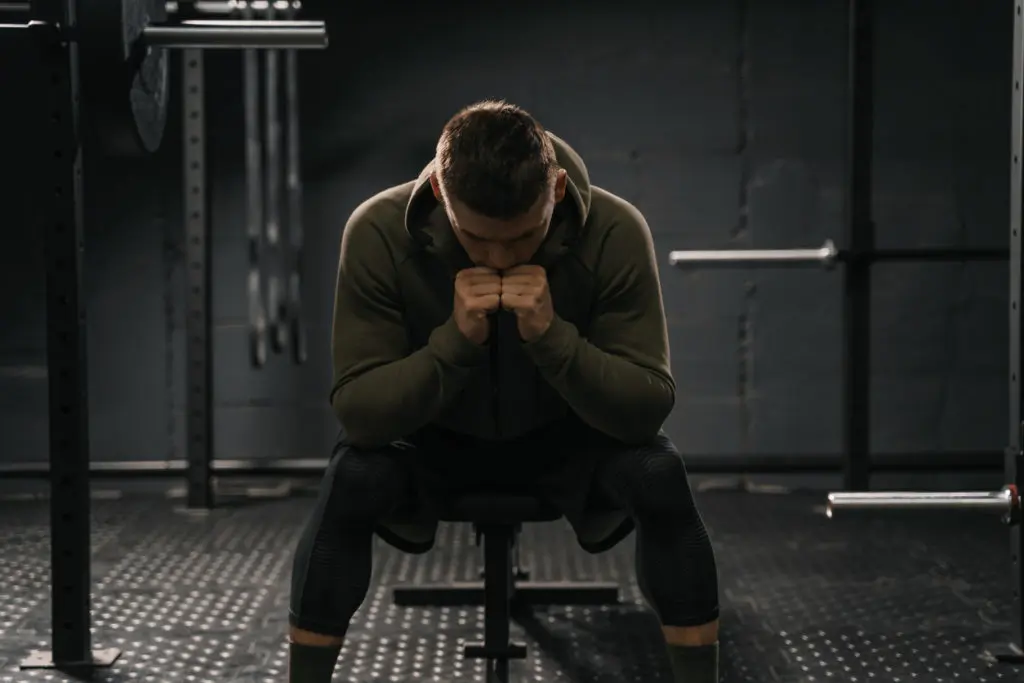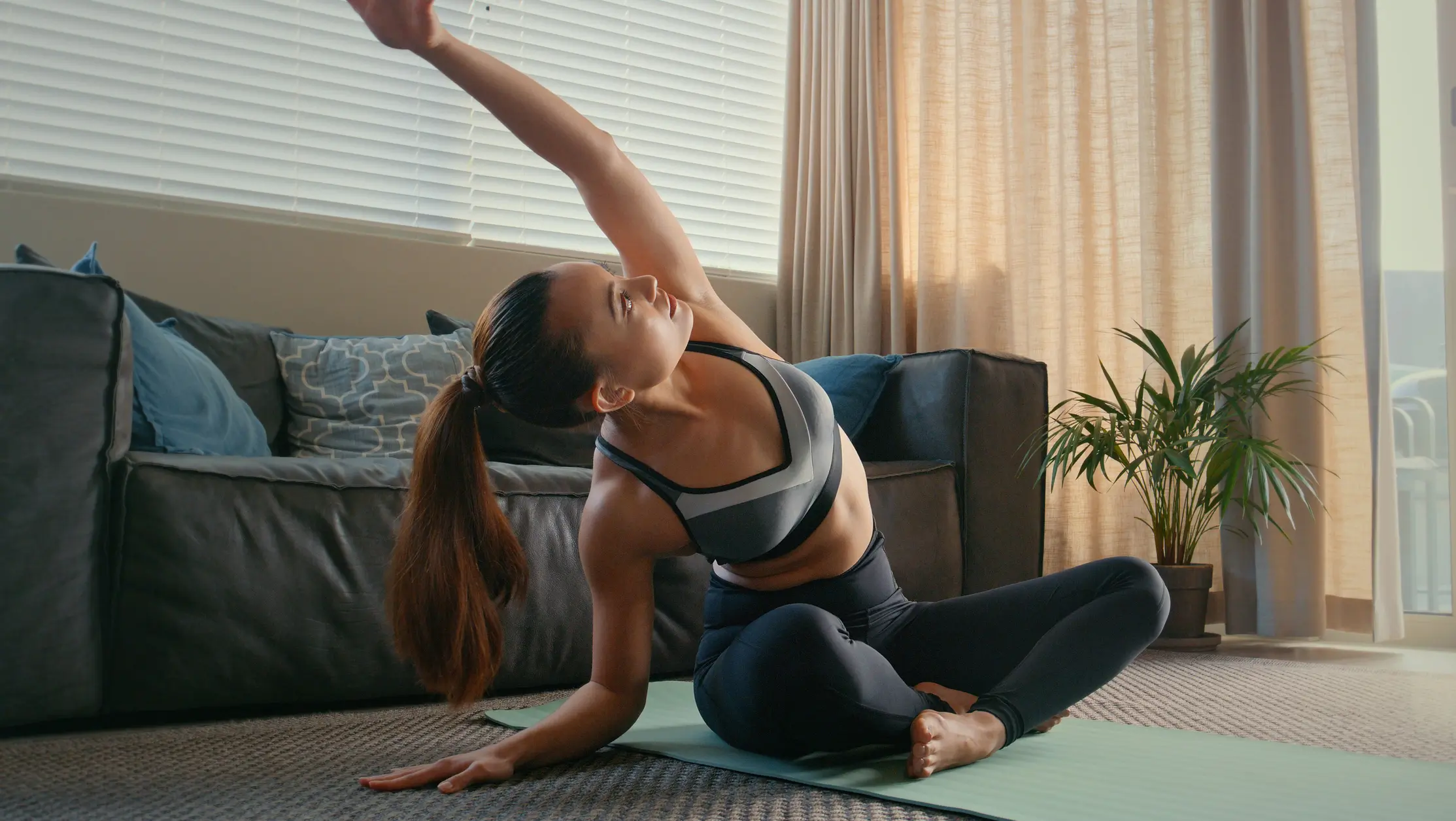When people think of strengthening their core, crunches often come to mind. But the truth is, your core is much more than just your abs. It includes the muscles in your lower back, obliques, pelvic floor, and even those deep stabilizing muscles around your spine. A strong core is essential not only for athletic performance but also for maintaining good posture, preventing injuries, and enhancing overall functional fitness.
If you’re tired of endless crunches—or simply want a more dynamic, well-rounded approach—this guide is for you. Below, we explore seven crunch-free exercises that will help you build core strength, stability, and endurance. These exercises go beyond aesthetics, targeting deeper muscles to improve your daily movements and athletic abilities.
1. Plank Variations
Planks are a classic core exercise for good reason—they engage multiple muscle groups simultaneously and build both strength and endurance. While the basic plank is effective, incorporating variations keeps the exercise challenging and engages different parts of your core.
a. Forearm Plank
- How to do it: Start on the floor with your forearms and toes supporting your weight. Your elbows should be directly under your shoulders. Keep your body in a straight line from head to heels, engaging your core and avoiding sagging or arching your back.
- Why it works: This isometric hold builds static strength in your core, focusing on the transverse abdominis (the deep core muscles), shoulders, and glutes.
b. Side Plank
- How to do it: Lie on your side with your legs extended and stacked. Place your bottom elbow directly beneath your shoulder. Lift your hips off the ground, forming a straight line from head to heels. Hold this position, keeping your core engaged.
- Why it works: Side planks target the obliques, which are often underutilized in traditional core workouts. They also improve lateral stability, crucial for movements like twisting and side-stepping.
c. Plank with Shoulder Taps
- How to do it: Start in a high plank position with your hands directly under your shoulders. Lift one hand to tap the opposite shoulder, then switch sides. Keep your hips stable to avoid rocking.
- Why it works: This dynamic variation challenges your core’s ability to resist rotation, improving balance and coordination.
2. Deadbugs
Deadbugs are a deceptively simple-looking exercise that emphasizes core stability and control. This exercise is great for beginners but can also be modified for more advanced practitioners.
- How to do it: Lie on your back with your arms extended toward the ceiling and your knees bent at 90 degrees. Slowly lower your right arm and left leg toward the floor while keeping your back pressed against the ground. Return to the starting position, then switch sides.
- Why it works: Deadbugs engage the transverse abdominis and teach you to stabilize your core while your limbs move, mimicking real-world movements. They also help improve coordination and motor control.
3. Bird Dogs
Bird dogs are a functional exercise that challenges both core stability and balance. This move is excellent for strengthening the lower back and improving posture.
- How to do it: Begin on all fours with your wrists under your shoulders and knees under your hips. Extend your right arm and left leg simultaneously, keeping your hips square. Hold for a moment, then return to the starting position and switch sides.
- Why it works: This exercise trains your core to resist unwanted movement, building stability and coordination between your upper and lower body. It’s particularly beneficial for your lower back and spinal alignment.
4. Leg Raises
Leg raises are a simple yet effective way to target the lower abs while also engaging the hip flexors.
- How to do it: Lie flat on your back with your hands under your hips for support. Keep your legs straight and lift them toward the ceiling. Slowly lower them back down without letting them touch the floor.
- Why it works: This exercise focuses on the lower part of your rectus abdominis while also requiring stabilization from the transverse abdominis. Keeping control throughout the movement prevents strain on your lower back.
5. Russian Twists
Russian twists are an excellent rotational exercise that targets your obliques and improves overall core stability.
- How to do it: Sit on the ground with your knees bent and feet flat. Lean back slightly, keeping your spine straight. Hold a weight or medicine ball in your hands and rotate your torso side to side, tapping the weight to the ground on each side. For more intensity, lift your feet off the ground.
- Why it works: This move builds rotational strength and stability, which is essential for activities like throwing, swinging, or even twisting to grab something behind you.
6. Mountain Climbers
Mountain climbers are a dynamic, full-body exercise that combines cardio with core activation.
- How to do it: Start in a high plank position. Drive one knee toward your chest, then quickly switch legs, as if running in place. Keep your core engaged and your hips level.
- Why it works: This exercise is a calorie burner and challenges your core’s ability to stabilize during rapid movement. It also engages the hip flexors, shoulders, and legs.
7. Hollow Holds
Hollow holds are a staple in gymnastic training and one of the best exercises for building core endurance and stability.
- How to do it: Lie on your back with your arms extended overhead and your legs straight. Lift your arms, head, shoulders, and legs off the ground, creating a banana-shaped curve with your body. Hold this position while keeping your lower back pressed to the floor.
- Why it works: This isometric hold targets the deep core muscles, improving strength and endurance. It also trains your body to maintain tension, a skill that translates to nearly every athletic movement.
Tips for Success
- Focus on Form: Proper form is critical to avoid injury and maximize results. Engage your core throughout each movement and avoid using momentum.
- Start Slow: If you’re new to these exercises, start with shorter holds or fewer reps, and gradually increase the intensity.
- Incorporate Variety: Mix and match these exercises to target your core from different angles and keep your workouts interesting.
- Pair with Other Training: Combine core exercises with strength and mobility work for a well-rounded fitness routine.
- Consistency is Key: Aim to perform core-focused workouts 2–3 times per week for optimal results.
Why Skip Crunches?
Crunches, while effective for isolating the rectus abdominis, often neglect the other important muscles in your core. They can also strain your neck and back if performed incorrectly. By opting for these functional exercises, you’ll build a stronger, more stable core that supports your entire body in everyday activities and athletic pursuits.
Recent studies have highlighted the importance of incorporating exercises that engage the entire core, as they can lead to improved balance and reduced risk of injury. Additionally, integrating core exercises with other forms of training, such as resistance bands or stability balls, can further enhance muscle activation and provide a more comprehensive workout. As fitness trends evolve, there’s a growing emphasis on functional movements that mimic real-life activities, making these exercises increasingly relevant for overall health and fitness.
In 2024, fitness experts emphasized the role of core exercises in enhancing mental health by reducing stress and improving focus. This holistic approach to fitness underscores the interconnectedness of physical and mental well-being. Moreover, wearable technology advancements now allow for more precise tracking of core engagement during workouts, offering personalized feedback to optimize performance and prevent injury.















One Comment